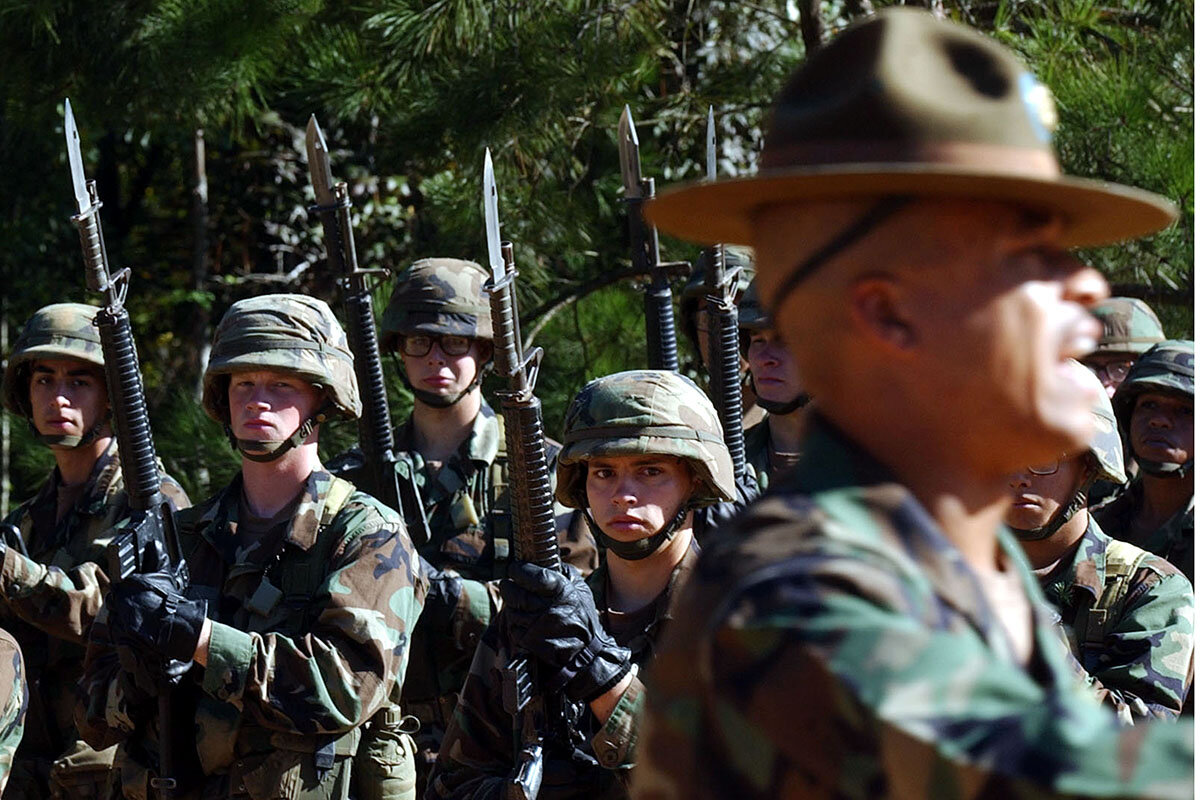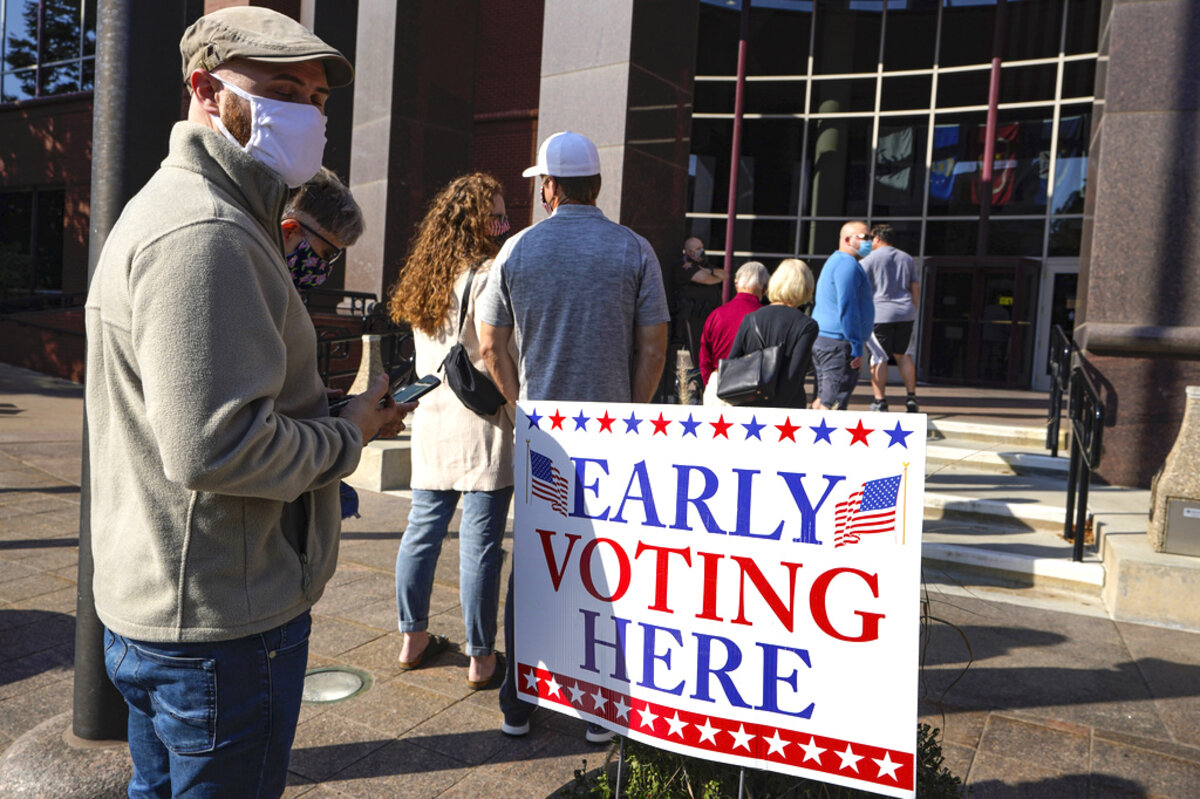Monitor Daily Podcast
- Follow us:
- Apple Podcasts
- Spotify
- RSS Feed
- Download
 David Clark Scott
David Clark Scott
Presidential running mates are like understudies in a play: well-versed in the script but seldom seen or heard. Until now.
On Wednesday night, Vice President Mike Pence and Sen. Kamala Harris take center stage. A week ago, the vice presidential debate might have been a curiosity, a sideshow. But with President Donald Trump’s health issues and poor polling numbers, this is a big deal, especially for Republicans.
“It’s a matter of survival,” Republican strategist Rob Stutzman tells Politico.
Running mates often take on the attack dog role. But as we saw in last week’s presidential debate, President Trump is his own Rottweiler. On Wednesday, Mr. Pence is likely to be a counterpoint, a calm, unruffled Hoosier appealing to Midwestern swing voters.
As a former prosecutor, Senator Harris has displayed a verve and intelligence in Congress that can cause witnesses to stumble. But Los Angeles Times columnist Erika D. Smith warns that Ms. Harris needs to stay out of the “Midwestern-nice trap” set by Mr. Pence in the 2016 veep debate with Sen. Tim Kaine. She writes that Senator Kaine’s attacks and interruptions made him “look crazed and weirdly aggressive, and the future vice president look like the model of calm and civility.”
This debate promises to be a better exchange of ideas than we saw in the Trump-Biden edition of WWE SmackDown. Expect more civility, well-articulated – and distinctly different – policies, and more clarity about this question: Could these understudies play a leading role?
In short, don't be surprised if this debate makes Americans feel a bit better about the state of their democracy.










